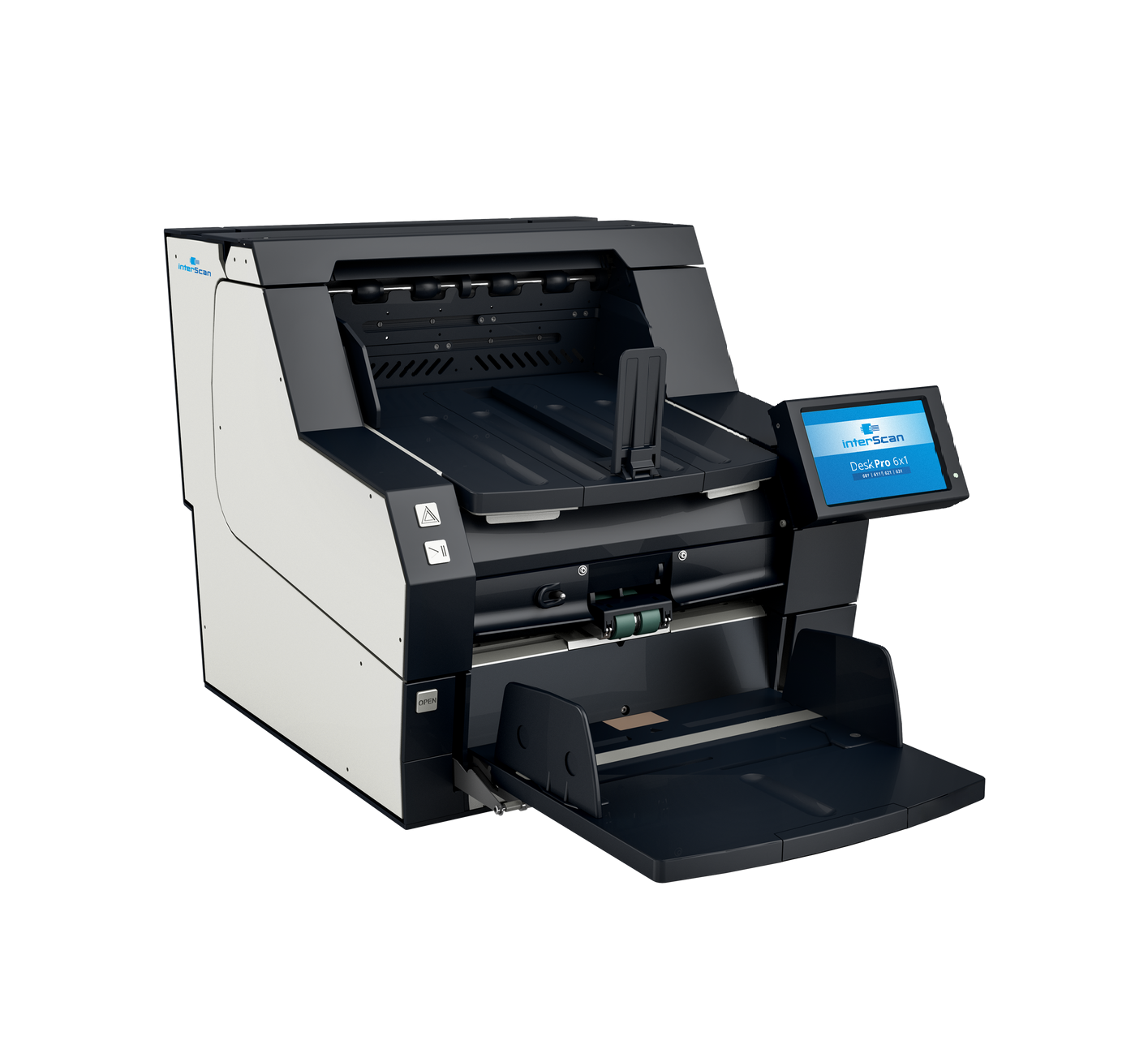Automated Document Scanning
Automated document scanning plays an essential role in streamlining the process of converting paper documents, using a scanner to structured, searchable digital files. Whether you are a financial institution processing loan applications or a government agency archiving records, automated document scanning can significantly reduce manual labor, eliminate errors, and accelerate your workflows.
Definition of automated document scanning
Automated document scanning is the process of digitizing paper documents using a scanner and intelligent software that can automatically capture, classify, and extract data without manual intervention. It combines document scanners with advanced software that includes OCR (Optical Character Recognition) and ICR (Intelligent Character Recognition), along with machine learning algorithms and models to recognize and process data in real time.
Unlike traditional scanning, which uses a scanner to convert paper into static images, automated document scanning generates actionable digital content. These digital documents can then be stored, indexed, and integrated into other platforms, such as enterprise content management systems (ECM), customer relationship management systems (CRM), or cloud storage systems, for easy access and retrieval.
Choosing a Document Scanners for automated document scanning
The key component of automated document scanning begins with the right scanner. It is essential that you find the right high speed scanner, like the HiPro and DeskPro scanners from interScan, that can handle large volumes of paper quickly and efficiently. These scanners support features like duplex scanning, batch scanning and separation, and image enhancement to provide the clearest, high-resolution images.
When looking for a document scanner, specifically for automated document scanning, it is essential to consider your document volume and choose a scanner and software that can handle your workloads without bottlenecks. Consider the types of documents you will be scanning to ensure your scanner supports a variety of document sizes and formats. Finally, consider a high speed scanner that is easy to use, featuring intuitive controls that can enhance your workflows and seamlessly integrate with your software and existing systems.
Software considerations for automated document scanning
OCR and ICR are important components in your automated document scanning process. OCR (Optical Character Recognition) converts scanned images of printed text into machine-readable characters. ICR (Intelligent Character Recognition) goes one step further by recognizing handwritten text. These tools are critical in transforming static scans into searchable, editable, and indexed documents.
Then consider document classification software or a module, such as interScan’s JetStream AI Classification module, which utilizes machine learning to categorize documents based on their layout, content, and metadata. This allows systems to automatically route documents to their correct destination or workflow, saving hours of manual sorting.
The automated document scanning process utilizes data extraction tools, such as those found in interScan’s
JetStream software, to extract relevant information, including names, dates, invoice numbers, and account details, from both structured and unstructured documents. This data can be exported into databases, ERPs, or other analytic platforms.
Implementing this solution provides several immediate and long-term benefits for any organization. First, automated document scanning drastically reduces the time spent on manual document handling, allowing your staff to focus on higher-value tasks rather than repetitive tasks such as scanning, labeling, or filing, which results in a significant increase in productivity. By reducing manual tasks, such as data entry, you also dramatically reduce the risk of errors.
Why does automated document scanning matter
Digitized documents are easily accessible, allowing for faster access to your knowledge and information. Digital records can quickly be searched, retrieved, and shared to improve response times, customer service, and decision-making. Reducing paper handling, storage costs, and labor costs leads to significant cost savings. Fewer errors also means fewer costly compliance or operational issues. Automated document scanning helps companies stay compliant by ensuring that documents are securely stored, properly indexed, and retained in accordance with strict industry regulations, such as HIPAA, GDPR, or SOX.
Considerations when choosing an automated scanning solution
When considering an automated document scanning solution, consider whether a cloud-based or on-premises scanning solution is best suited for your business. Cloud-based scanning offers scalability, lower up-front costs, and remote access. It is ideal for organizations that want quick deployment without management infrastructure. However, cloud-based systems are not for everyone and pose greater risk and compliance issues. On-premises scanning provides complete control over data security and compliance. It is often preferred and required in sectors with strict regulatory requirements or sensitive information. Some advanced systems offer a hybrid solution, combining the best of both environments; however, risks must be considered.
Future trends in automated document scanning are powerful and intelligent, both in hardware, such as high speed document scanners, and in the use of artificial intelligence in scanning and document processing software. One trend that is already changing the automated document scanning process is LLM or Large Language Models, which now allows scanning systems to comprehend document context, making extraction more accurate even when data is implicit. Robotic Process Automation (RPA) and RPA bots are being integrated into scanning workflows to automate the entire process from start to finish. Integration with AI analytics tools provides real-time insights from scanned data, unlocking business intelligence from paper-based workflows.
What does this all mean
Automated document scanning is a game-changing technology that helps organizations reduce paper clutter, streamline operations, and unlock the full potential of their data. From increasing productivity to improving compliance, its benefits extend across industries and use cases. Whether you are looking to digitize archives, accelerate approval workflows, or simply gain control over your documents, implementing an automated document scanning solution is a smart step toward your digital transformation goals.
If your business still relies on manual document processing, now is the time to consider the advantages of automation. With the right high speed scanner, like interScan’s
HiPro and
Deskpro, or our
JetStream AI’s intelligent document processing software, you can automatically turn your piles of paper into structured, searchable, valuable digital assets.

